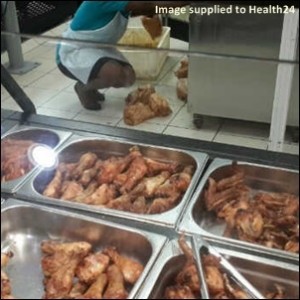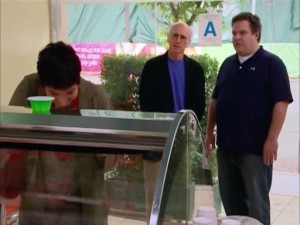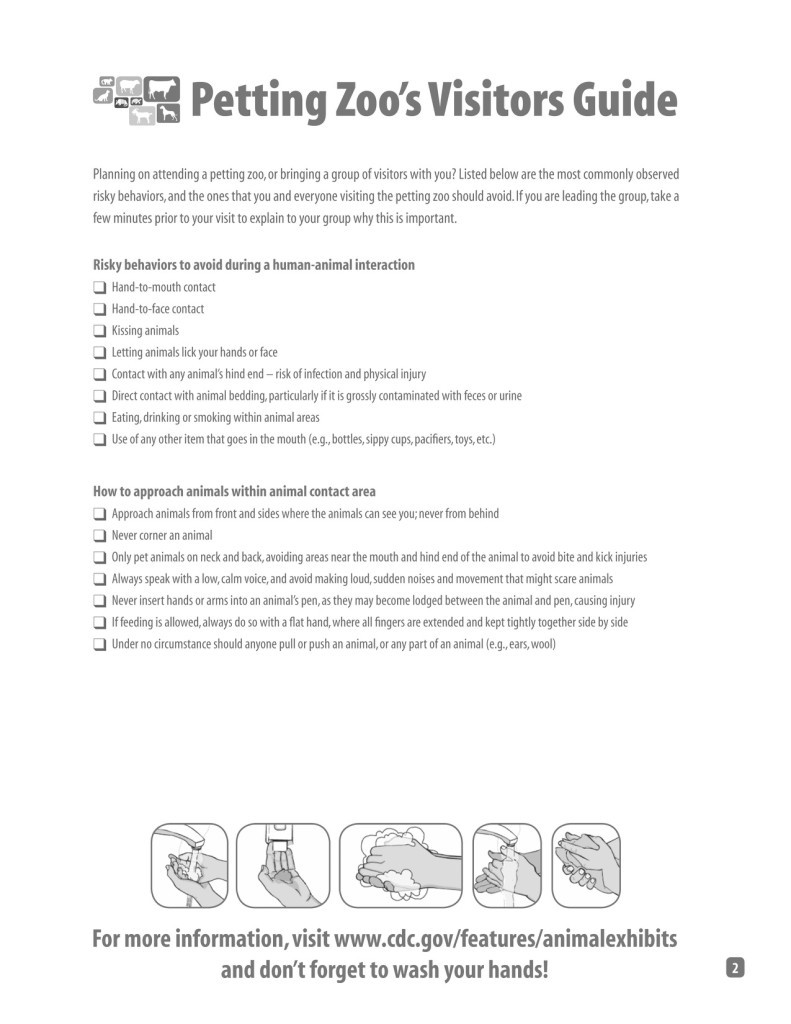Consumer Federation of America (CFA) today released an in-depth analysis of the U.S. Department of Agriculture’s (USDA) primary meat and poultry food safety regulatory program. The report found that while the program has resulted in benefits to public health, further progress has been hindered by gaps in the program and by a legal challenge which has constrained robust action.
 The program, known as the Pathogen Reduction/Hazard Analysis and Critical Control Points (PR/HACCP) regulation, was implemented following the 1993 outbreak of E. coli O157:H7 illnesses and deaths linked to undercooked hamburgers sold at Jack in the Box restaurants in the northwestern United States. The PR/HACCP regulation, which went into effect in 1998, requires meat and poultry plants to develop food safety systems in which plants take steps to identify and prevent contamination of meat and poultry products.
The program, known as the Pathogen Reduction/Hazard Analysis and Critical Control Points (PR/HACCP) regulation, was implemented following the 1993 outbreak of E. coli O157:H7 illnesses and deaths linked to undercooked hamburgers sold at Jack in the Box restaurants in the northwestern United States. The PR/HACCP regulation, which went into effect in 1998, requires meat and poultry plants to develop food safety systems in which plants take steps to identify and prevent contamination of meat and poultry products.
CFA’s report, titled “The Promise and Problems of HACCP: A Review of USDA’s Approach to Meat and Poultry Safety” traces the history of USDA’s implementation of the PR/HACCP regulation and identifies gaps which have hindered the ability of the regulation to fully protect consumers.
Specifically, the report cites two examples of ongoing problems which have not been adequately addressed in the 17 years since the regulation first took effect:
Too often plants have failed to develop effective food safety plans while USDA has failed to adequately identify problems with those plans.
Plants are repeatedly cited for reoccurring food safety violations with little consequence.
These gaps have continued to occur and have often been identified in the wake of large, nationwide foodborne illness outbreaks, yet the problems have not been adequately addressed. CFA recommends that USDA develop better approaches to reviewing plant food safety plans, including requiring that plants be required to prevent specific pathogens; and that USDA establish clear procedures to address reoccurring violations and when to take increased enforcement action.
The report also identifies how a court case brought against USDA by meat processor Supreme Beef in 1999 has hindered how USDA enforces its food safety regulations. In particular, the court case (Supreme Beef v USDA) limited the ability of USDA to enforce its regulations, effectively barring the government from shutting down a plant which fails to meet safety standards for Salmonella. Consumer groups have argued since that Congress should provide USDA with explicit authority to set and enforce food safety performance standards.
“USDA needs to provide better assurance that plants are reducing contamination of meat and poultry products and that the agency is effectively enforcing its regulations,” said Chris Waldrop, Director of the Food Policy Institute at Consumer Federation of America. “Enforceable standards would allow the agency to take decisive action when a problem is first identified rather than after an outbreak has already occurred.”
Summary
In a new report, the Consumer Federation of America traces the history of USDA’s approach to meat and poultry safety regulations. The analysis of this food safety program, known as Pathogen Reduction/Hazard Analysis and Critical Control Points (PR/HACCP), identifies gaps which have hindered the ability of the regulation to fully protect consumers.
Findings
The analysis cites two examples of ongoing problems which have not been adequately addressed in the 17 years since the regulation first took effect:
Too often plants have failed to develop effective food safety plans while USDA has failed to adequately identify problems with those plans.
Plants are repeatedly cited for reoccurring food safety violations with little consequence.
Conclusion and recommendations for FSIS
Develop a better way to evaluate plants’ HACCP plans.
Require plants to identify pathogens most commonly associated with particular meat and poultry products as hazards likely to occur and address them in their HACCP plans
Establish clear procedures and repercussions for reoccurring violations
Frequently and routinely update performance standards that are based on improving public health outcomes
Seek authority from Congress to set and enforce performance standards for pathogen reduction
Improve FSIS sampling programs to target riskiest facilities and products
 A Checkers store in Cape Town, South Africa, has left a bitter taste in the mouth of a consumer after he saw raw marinated chicken on the floor in the deli.
A Checkers store in Cape Town, South Africa, has left a bitter taste in the mouth of a consumer after he saw raw marinated chicken on the floor in the deli.











